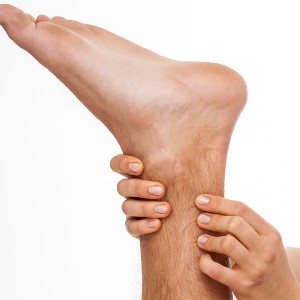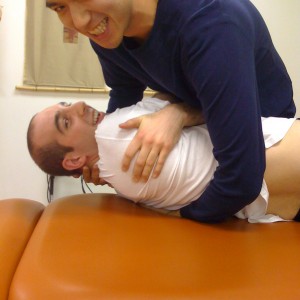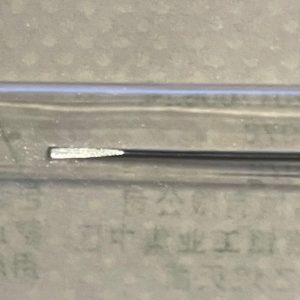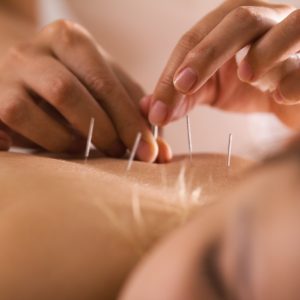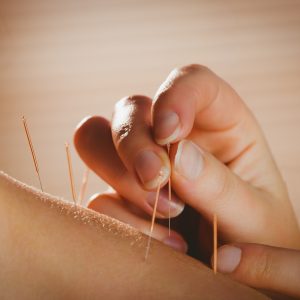Traditional Chinese medicine (TCM) is a comprehensive medical system that encompasses various practices, theories, and principles. It is rooted in a holistic understanding of the body, mind, and spirit. Here are the key tenets of Traditional Chinese Medicine: Qi (Chi): Qi is the vital energy that flows throughout the body, maintaining health and vitality. It is the fundamental concept in TCM and is believed to be the basis of life. The balance, circulation, and harmonious flow of qi are considered crucial for overall well-being. Yin and Yang: Yin and Yang are opposing forces that exist in a complementary and interconnected relationship. Yin represents the cooler, passive, and nourishing aspects, while Yang represents the warmer, active, and dynamic aspects. Health is achieved when Yin and Yang are in a balanced and harmonious state. Five Elements (Wu Xing): The Five Elements theory categorizes natural phenomena and the human body into five interconnected […]

